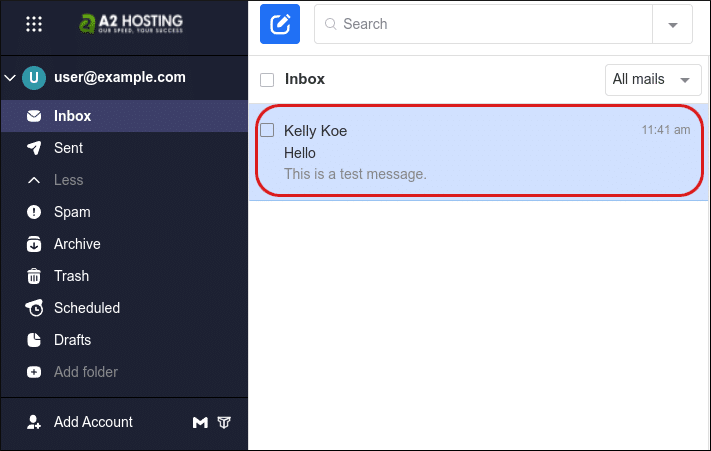In the fast-paced world of modern business, email has become an indispensable communication tool. For professionals across diverse industries, understanding the intricacies of email hosting and management is paramount. In this comprehensive guide, we delve into the fundamental aspects of email hosting, evaluating the merits of self-hosting, and leveraging popular email services such as Gmail or Outlook with a domain. Moreover, we explore the costs associated with email hosting and the essential steps to connect mail clients and devices seamlessly to a domain email. Finally, we delve into the critical distinctions between POP3 and IMAP protocols, enabling professionals to make informed decisions about their email infrastructure. Join us on this journey as we equip professionals with the knowledge they need to optimize email communication and efficiency.
What is Email Hosting?
Email hosting is a service that allows individuals and businesses to create custom email addresses using their own domain name (e.g., [email protected]). These services are offered by email hosting providers, and they store your emails on their servers, making them accessible from anywhere with an internet connection.
Should You Host Your Own Email?
While hosting your own email might seem appealing for full control and customization, it can be a complex and resource-intensive process. Managing servers, security, and ensuring reliable delivery can be challenging. For most individuals and small businesses, using a reputable email hosting provider is a more practical choice.
Using Gmail or Outlook Email with Your Website Domain
Yes, you can use popular email services like Gmail or Outlook with your domain email. This involves setting up the necessary DNS records to point your domain to those providers or an email forwarding or email delegation system, allowing you to send and receive emails using your custom domain email address through your preferred email client. In other words, you can completely switch email hosting to the alternative provider or forward/import mail from your own host as an option.
How Much Does Email Hosting Cost?
The cost of email hosting varies depending on the provider and the features you require. For personal use or small businesses, there are affordable options available, often starting at a few dollars per month per user. Some providers even offer free plans with limited features. Email included with your website hosting is generally free, but it does utilize your allocated hosting space.
Connecting Mail Clients and Devices to Your Domain Email
To access your domain email from various devices and mail clients, you’ll need to configure the email settings correctly. Typically, you’ll require the incoming and outgoing mail server details, your email address, and password to set up the account.
The Difference Between POP3 and IMAP
POP3 (Post Office Protocol 3) and IMAP (Internet Message Access Protocol) are two different protocols used to retrieve emails from the server to your device. The main difference lies in how they handle your emails. POP3 downloads your emails to the device, removing them from the server, while IMAP keeps your emails on the server and synchronizes changes across multiple devices. Read more about the differences in this post.
Preventing SPAM in Your Mailbox
SPAM emails can be annoying and potentially harmful. To minimize SPAM in your mailbox, avoid publishing your email address directly on your website. Instead, use contact forms that don’t reveal your address to bots. Additionally, using reputable email hosting providers often comes with built-in spam filters to help protect your inbox. For added protection, consider third-party anti-spam solutions that can further reduce unwanted emails. Read more about email security in this dedicated article.
In conclusion, understanding the basics of email hosting and management is essential for effective communication in the digital age. By making informed choices and utilizing the right tools, you can streamline your email experience and keep your mailbox free from SPAM.
https://shipilin.com/blog/email-101-demystifying-email-hosting-for-beginners/




![Top 6 Server Management Software and Tools Compared [2023]](https://ta-relay-public-files-prod.s3.us-east-2.amazonaws.com/icp/product_images/23db1d70048ad120d46c9ea0e43f22e5.png)

